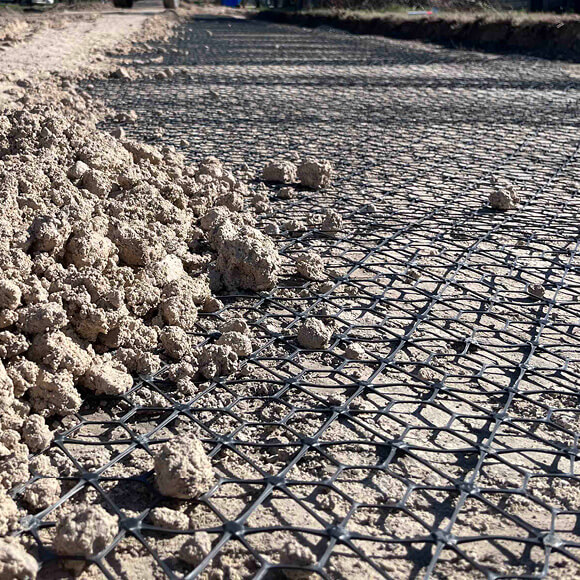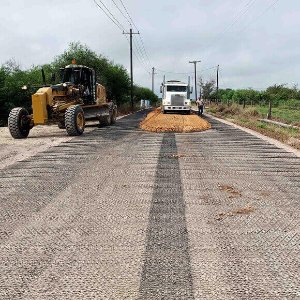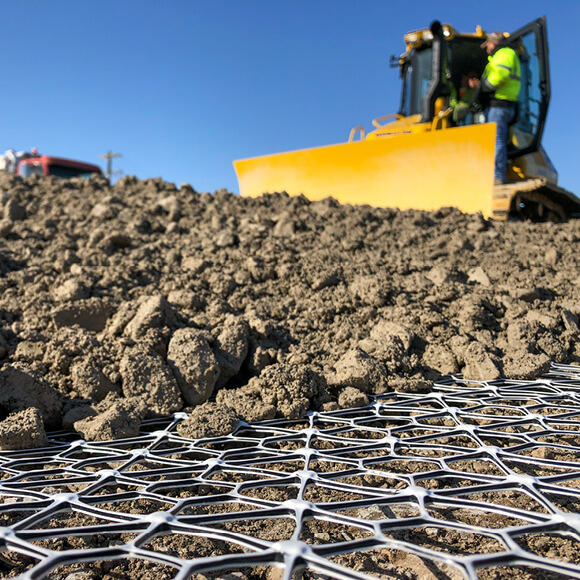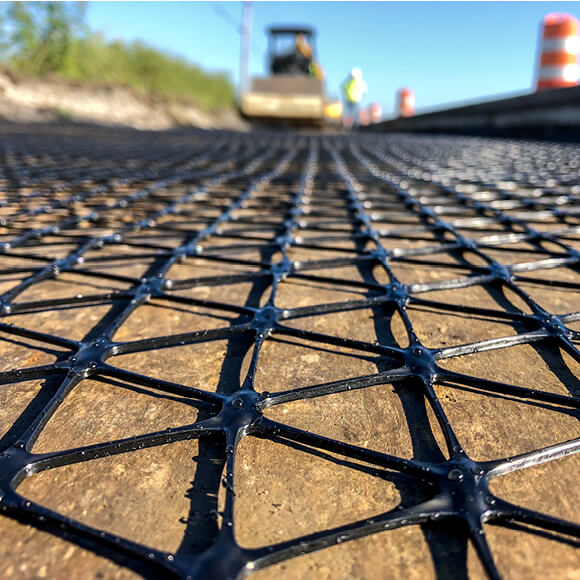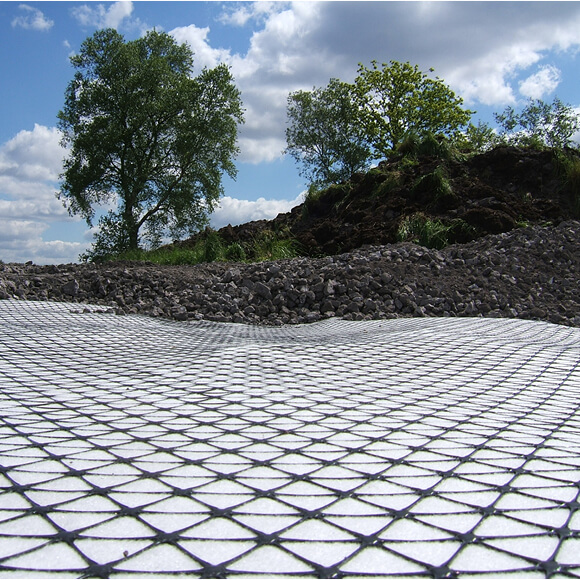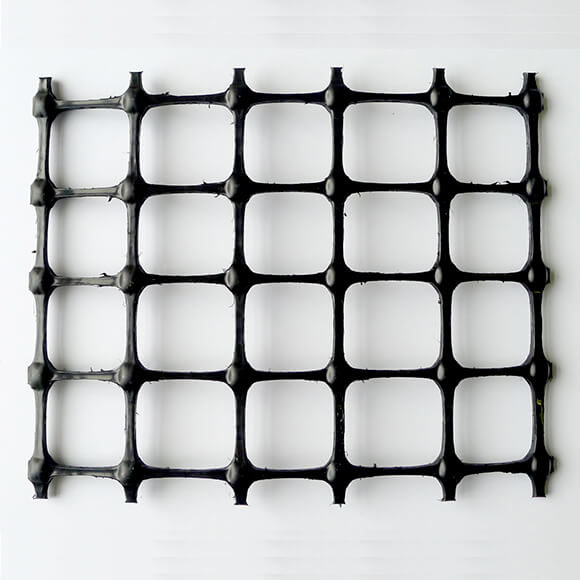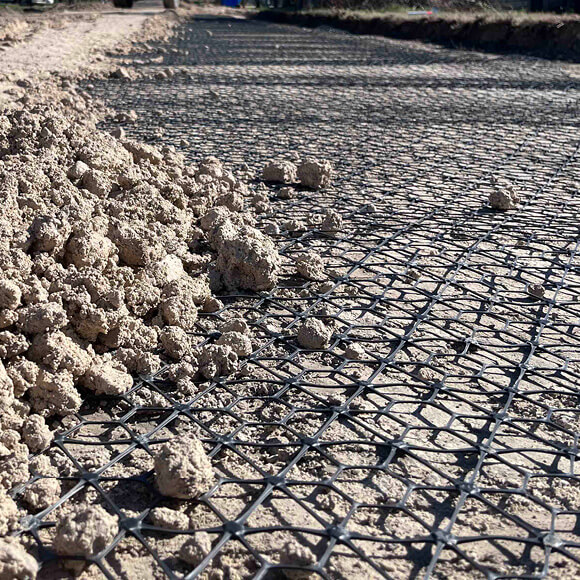
Tensar® H-Series™ (HX™) Geogrids
- The new H-Series geogrid follows extensive years of research and development
- Available from Tensar for use in specific application areas
- Developed specifically to support sustainable product specifications
- Tensar+ award-winning software allows you to design using Tensar HX
Need a Tensar design for your project?
Tensar’s design team can produce a free-of-charge “Application Suggestion” to illustrate what Tensar can achieve and how much value can be added to your project.
As with our other Next Generation products, Tensar H-Series can reduce initial and lifecycle costs, reduce construction time, and provide sustainability benefits on a project-by-project basis.
Supported by its own Environmental Product Declaration (EPD), Tensar’s new H-Series range has been developed specifically to support sustainable product specifications.
Tensar HX solutions are available in HX5.5, HX165, HX-L, HX-G, HX-GD and HX-GN.
Polypropylene and high-density polyethylene, the primary materials in Tensar geogrids, are widely recyclable and versatile. They can be repurposed into numerous everyday products, such as garden furniture, bottle caps, and automotive components. Tensar is considering various options for improving the circularity of its products, including moving towards a cradle-to-cradle approach.
Tensar geogrid and geotextile products are recyclable and can be repurposed into other non-Tensar items. However, current UKCA and CE marking regulations prevent the recycling of post-consumer geosynthetics into new geosynthetics with the same functional properties.
If you are interested in discussing recycling options for geogrids, please contact tensarsustainability-uk@cmc.com



